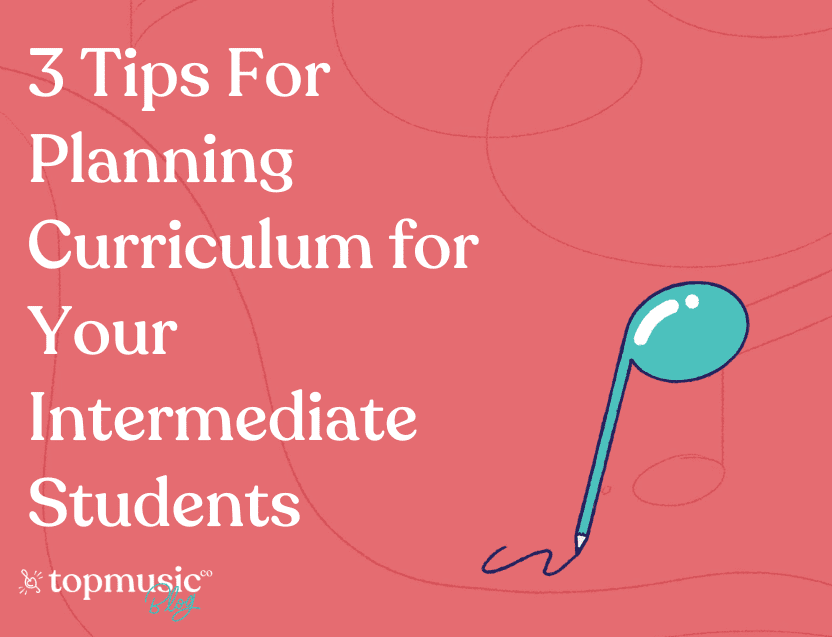Do you feel a wave of worry whenever a newly-formed intermediate student finishes their last method book? These tips will help you navigate the intermediate level wilderness.
Do you feel a wave of worry whenever a newly-formed intermediate student finishes their last method book?
What do you do now?
How do you stop yourself from getting lost in the “Intermediate Level Wilderness”?
Well…
Table Of Contents:
Method books will typically only take your students up to a certain level. After that, you’re on your own.
We call this period “The Intermediate Level Wilderness” for several reasons:
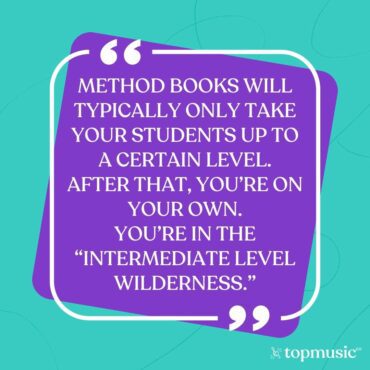
When you first enter the Intermediate Level Wilderness with a student, there are three things to keep at the forefront of your mind:
Related: Teaching Beginner Piano and Planning a Curriculum
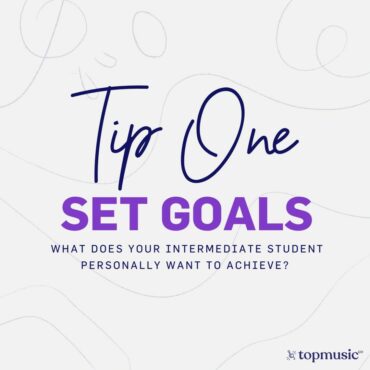
While the main end goal, to reach the advanced level, may be the same for all intermediate students, they will also have personal and specific aims.
Maybe they’d love to participate in a school band and want to perfect their skills in playing with others.
Or perhaps they want to be a classical musician and are working towards an audition for a university/conservatory.
Some students have aims to serve on a church worship team and would like your help to prepare.
It’s important you get to know the personal aims of your individual students so you can work together. As the intermediate period is also a key time for retention, it’s vital you find ways to engage your students; working on their personal goals can be a great way to do this.
A little heads-up: goals are never set in stone. As your students grow (in both age and as a musician), it’s likely that their tastes and aspirations will change. It’s important to keep flexible!
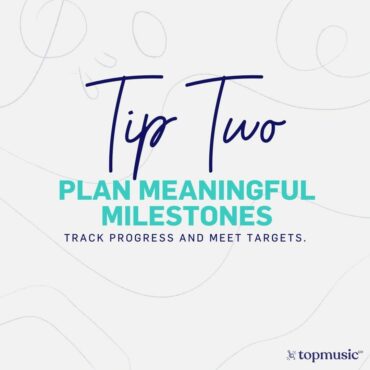
When you’ve established your students’ goals, you can start planning meaningful milestones to help track progress and meet targets.
These can be…
Planning these milestones not only helps motivate students but also keeps them on track for reaching their bigger end goal.
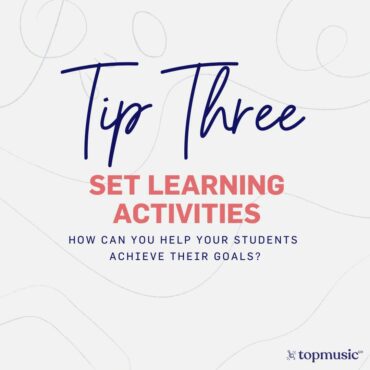
Without this element, you wouldn’t be able to help your students reach their goals and milestones. The educational content.
When you know what your students want to achieve, it’s up to you to plan how to get there.
Three areas to consider:
These activities within these areas are likely to differ depending on the personal goals of each student.
We’ve just brushed the surface of curriculum planning for your intermediate students.
If you’d like more guidance and an in-depth look at each of these steps (and more), then you’re in luck!
Janna Williams, expert teacher, has created a FREE eBook for you!
